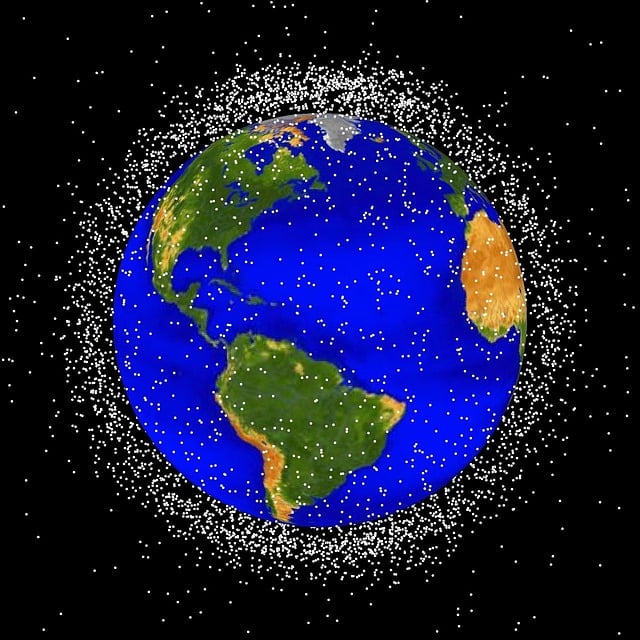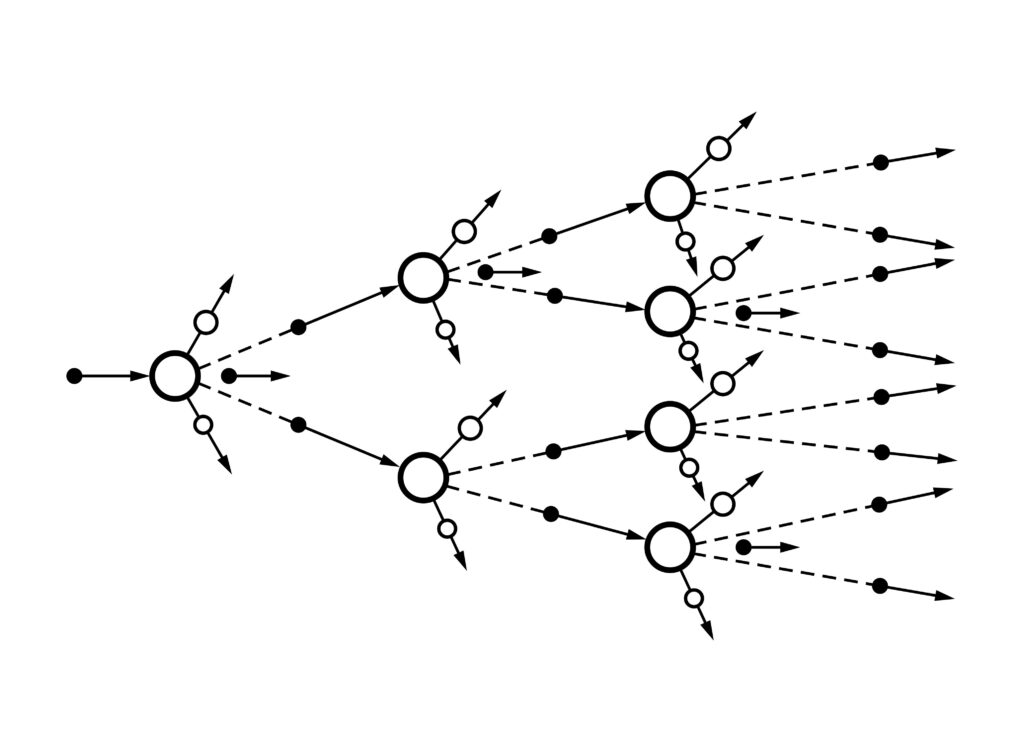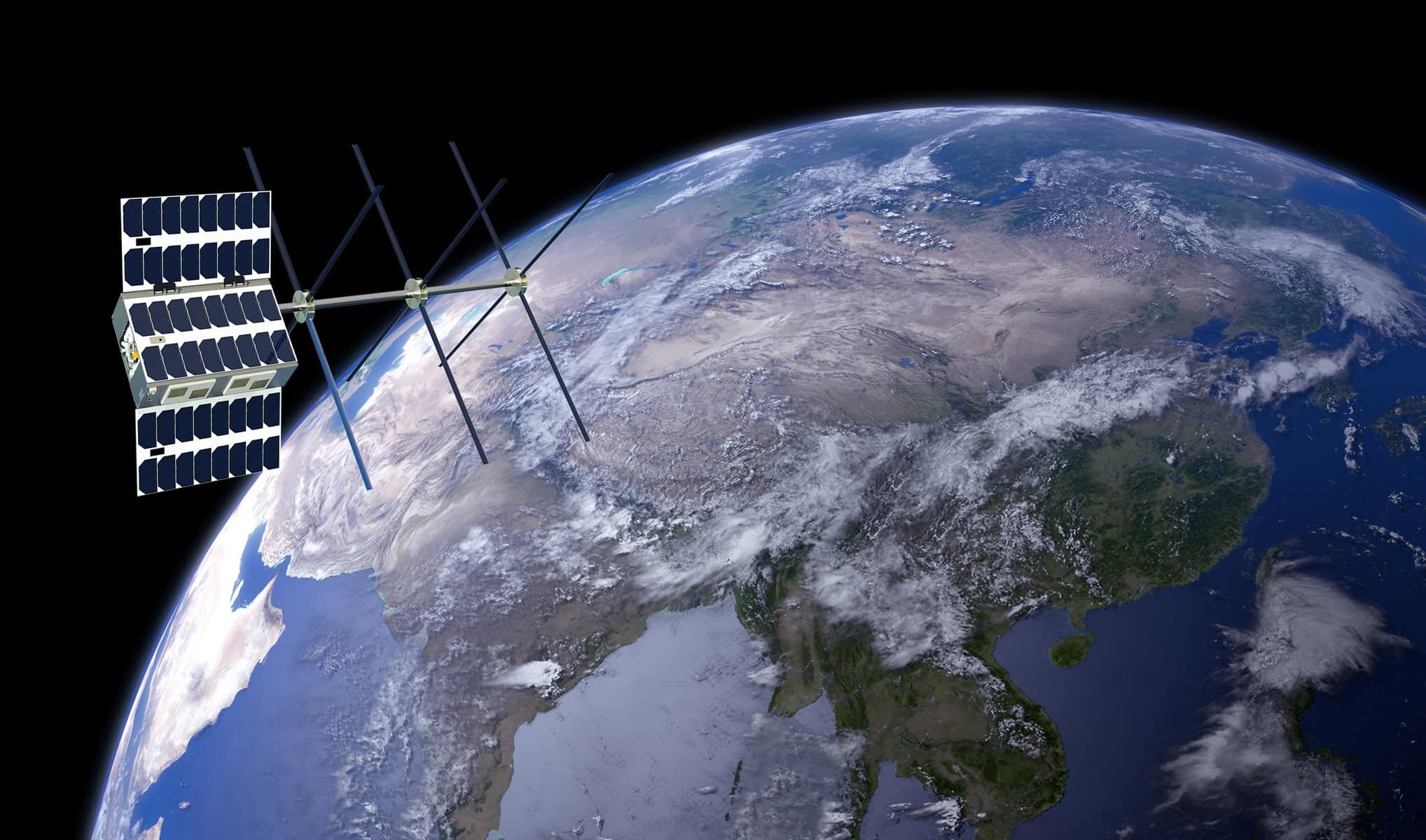Space Debris and Kessler Syndrome:
Mitigating the Risks of Spaceflight
The concept of Kessler Syndrome underscores a significant challenge in space exploration: the proliferation of space debris leading to a cascading effect of collisions. This phenomenon, where more debris generates even more debris, poses a substantial risk to operational satellites and future space missions.
Understanding the Risks
Space debris, ranging from defunct satellites to fragments from disintegration, collisions, or explosions, can travel at velocities up to 28,000 km/h. At such high speeds, 100-gram debris beholds the same kinetic energy as a 1-ton car driving at 280km/h. Even small pieces of debris can cause catastrophic damage to active satellites and spacecrafts. The Kessler Syndrome predicts a scenario where the density of objects in low Earth orbit (LEO) is high enough that collisions between objects could cause a cascade, increasing the likelihood of further collisions.
Chain Reaction
A chain reaction is a phenomenon in which the consequences magnify the causes, enhancing the phenomenon itself. It is a positive feedback loop. This is also known as the “snowball effect” and is the principle behind nuclear reactions -in powerplants and nuclear bombs, releasing tremendous amounts of energy from a small perturbation.
In the case of the Kessler syndrome, the debris flying in space is likely to collide with spacecrafts or other debris. This highly energetic collision shatters the object, creating more debris, increasing the likelihood of future collisions.


Preventative Measures
To mitigate these risks, our propulsion systems are designed with advanced capabilities to counteract orbital decay and avoid potential collisions. By continuously monitoring the satellite’s trajectory and adjusting its orbit as necessary, we can ensure a safe operational environment. The propulsion not only allows us to avoid the debris but also prevents us from creating new ones, thus participating in a safer and cleaner space environment.
ESA’s Zero Debris Approach
In alignment with the European Space Agency’s (ESA) guidelines, we adopt the Zero Debris Approach. This strategy mandates that satellites must de-orbit within five years after the end of their operational life. This proactive measure is crucial in preventing defunct satellites from becoming long-term space debris. While some satellites re-enter the atmosphere within those 5 years by themselves due to atmospheric drag, we take advantage of our propulsion system to control the de-commissioning. Proceeding that way, we have a degree of freedom in the position, and in time, as we decide when we thrust. Our propulsion systems also facilitate the smooth decommissioning of satellites.
Decommissioning and Graveyard Orbits
By executing controlled de-orbit maneuvers, we can safely guide satellites back into the Earth’s atmosphere, where they burn up upon re-entry. Alternatively, for satellites in higher orbits, graveyard orbits are utilized. These orbits are designated regions where non-operational satellites are moved at the end of their service life, reducing the risk of collision with active satellites. The satellites that are likely to be set on such an orbit after the end of their service are GEO satellites. These satellites fly with a semi-major axis of 42 164 km, whereas LEO satellites fly under 8 400 km.
Why is it interesting to use graveyard orbits? When flying in GEO, the amount of energy (fuel) required to be put on an orbit that is slightly higher for such an altitude is ridiculously smaller than the amount of energy required to re-enter. On the other hand, in our case (LEO), going all the way to a graveyard orbit would require more energy than we could even take along with us, whereas re-entering the atmosphere is fuel-cheap.

Published on 27/09/2024, Written by: Cyriaque Guillot, Mathias Mose Gjelstrup

